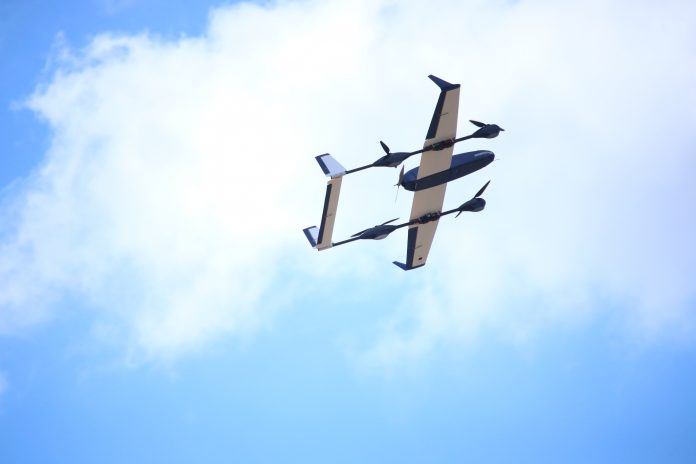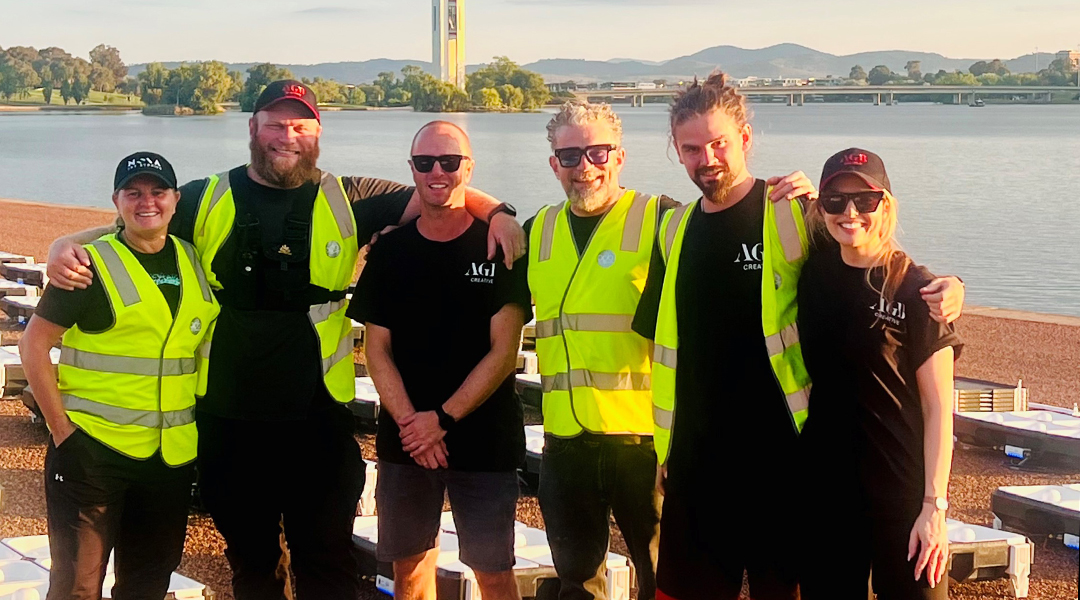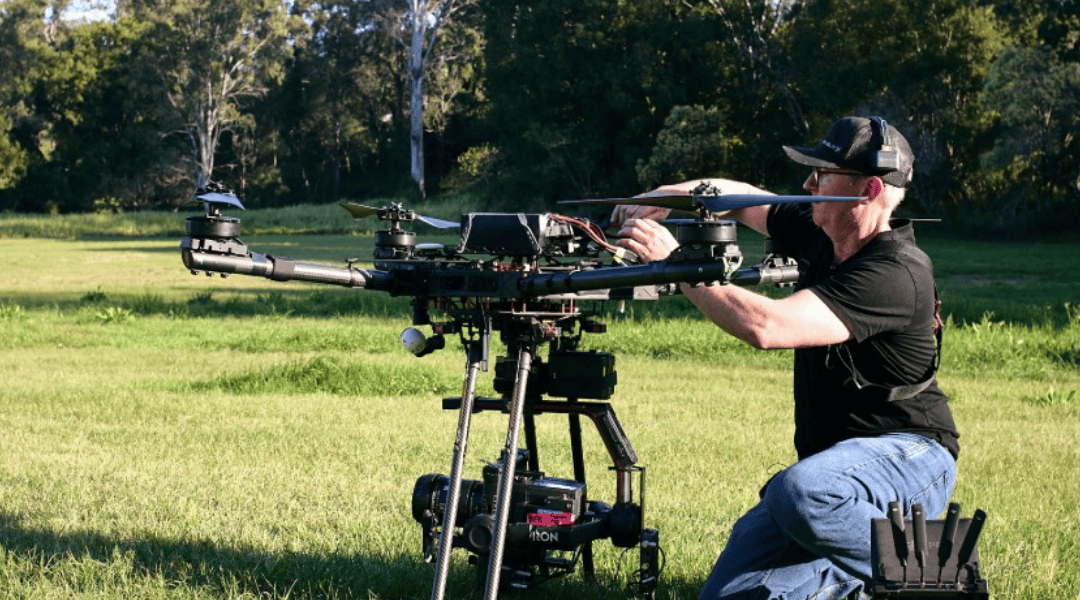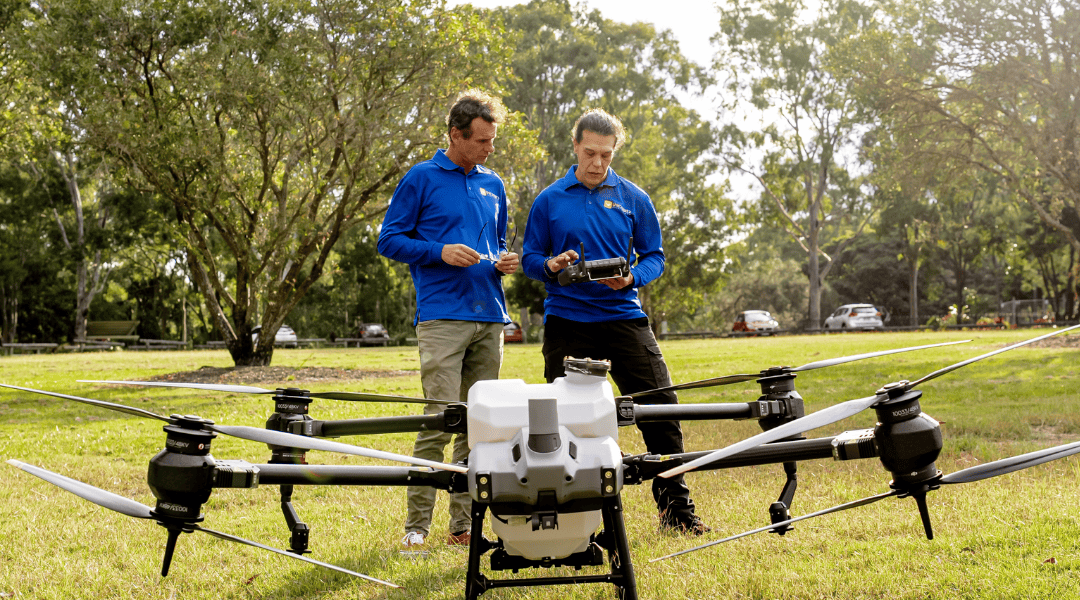To see how far unmanned aerial vehicles, or drones, have come in the past 12 years look no further than Dalby, on the Queensland Darling Downs.
The UAV Challenge has taken place at various locations on the Downs since the first event was held in September 2007. Over that time entrants have evolved from homemade contraptions often based on model aircraft technology into aerodynamically sophisticated craft using state-of-the-art automation.
This year the competition was conducted Beyond Visual Line of Sight (BVLOS) after approval from CASA. Previous competitions have been flown under Extended Visual Line of Sight (EVLOS) approvals.
‘To review the entries since the first competition in 2007 is like watching the history of unmanned aerial vehicles evolve,’ says CASA Remotely Piloted Aircraft Systems Inspector Mark Lewis, who attended this year’s challenge as a CASA officer but has been the UAV challenge head scrutineer in previous challenges.
The challenge now consists of a high school competition, held annually, and an open competition, held every two years. The open competition’s simulated mission has evolved from a simple search and water bottle drop for the target dummy known as Outback Joe into a medical sample delivery task requiring high levels of autonomy and precision flight control.
The Medical Express Challenge requires a 26 nm (44 km) round trip with an autonomous landing in a precisely defined location, where simulated blood samples are loaded onto the unmanned aircraft, which must then take off autonomously and return them to base.
The trend this year was very much towards fixed wing unmanned aircraft with vertical take-off and landing capabilities. The competition encouraged teams to innovate by taking the benefits and efficiencies found respectively in multi-copters and traditional fixed wing aircraft.
‘If the history of the competition is any guide these will become more common in general use, just as multi-copters did after their early appearances in previous UAV Challenges,’ Lewis says.
All but one of this year’s entries in the open category were of powered lift design.
The open category was for aircraft up to 20 kg MTOW. These had to be:
- capable of fully autonomous operations, with teams able to elect to compete for further prize money in dynamic fly zone avoidance.
- able to take-off and land autonomously, however also include manual safety-pilot override if required to avoid an aviation incident.
- able to have a minimum endurance of 1 hour (to successfully complete the challenge).
- with a control system capable of avoiding simulated obstacles—birds (flocks and predatory), no-fly zones and other simulated manned aircraft.
None of the 11 teams in the Medical Express Challenge was able to complete the mission, leaving $75,000 prize money unclaimed.
The Monash UAS team from Monash University ranked highest in the competition, finishing less than a point ahead of Team Dhaksha, from the Madras Institute of Technology campus at Anna University in India.
Organisers said, ‘both teams were superb’, and had been able to return with the blood samples. However, the Monash team had to take-off manually and the Dhaksha team landed too far away from the designated target near Outback Joe.






A must have tool for various future emergency services personnel.
Going by past developments, future applications will be ‘mind-blowing’.
The genie is out of the bottle. You’ll be wishing you had banned these bloody things when it was possible – now it’s too late. Every Tom, Dick and Moron will be flying them everywhere.